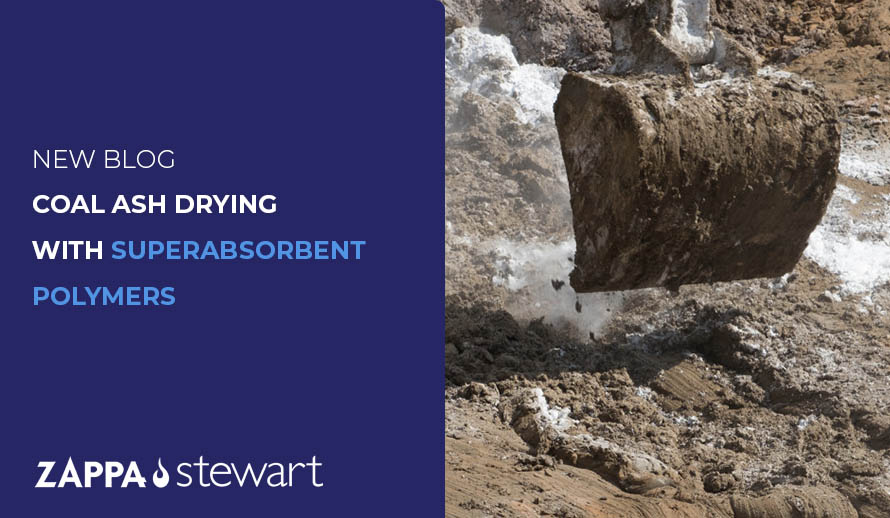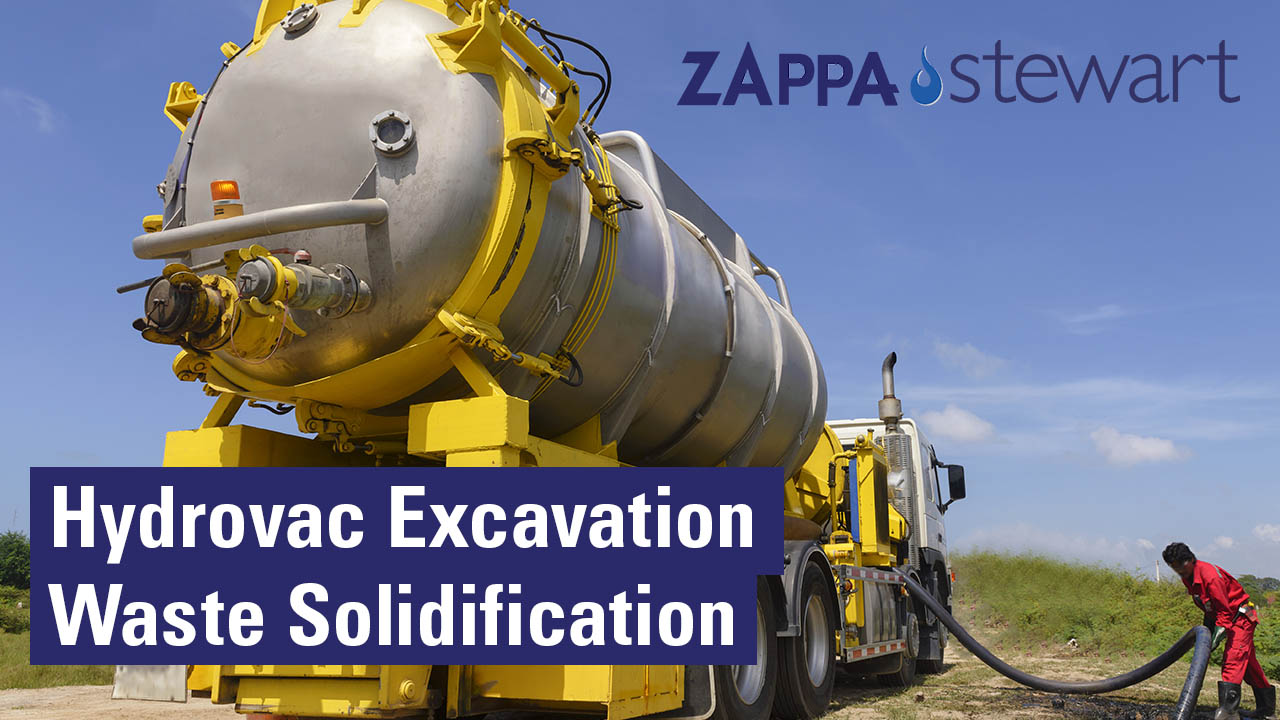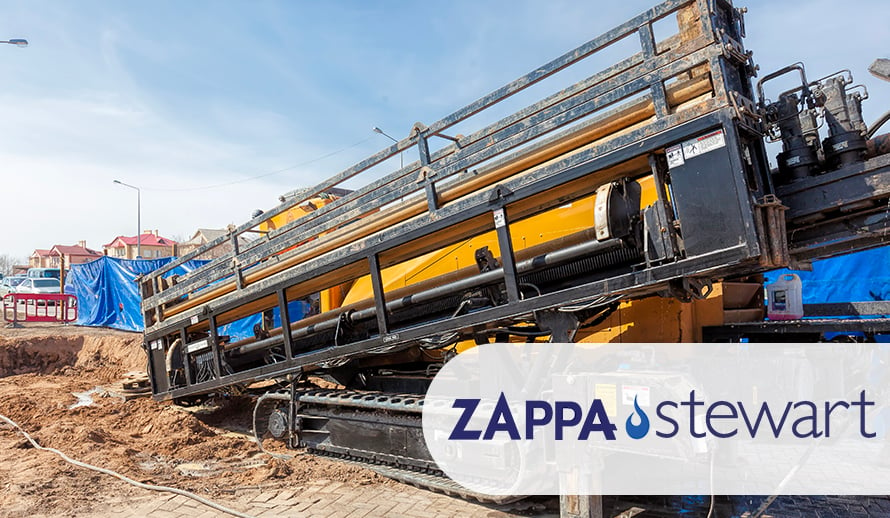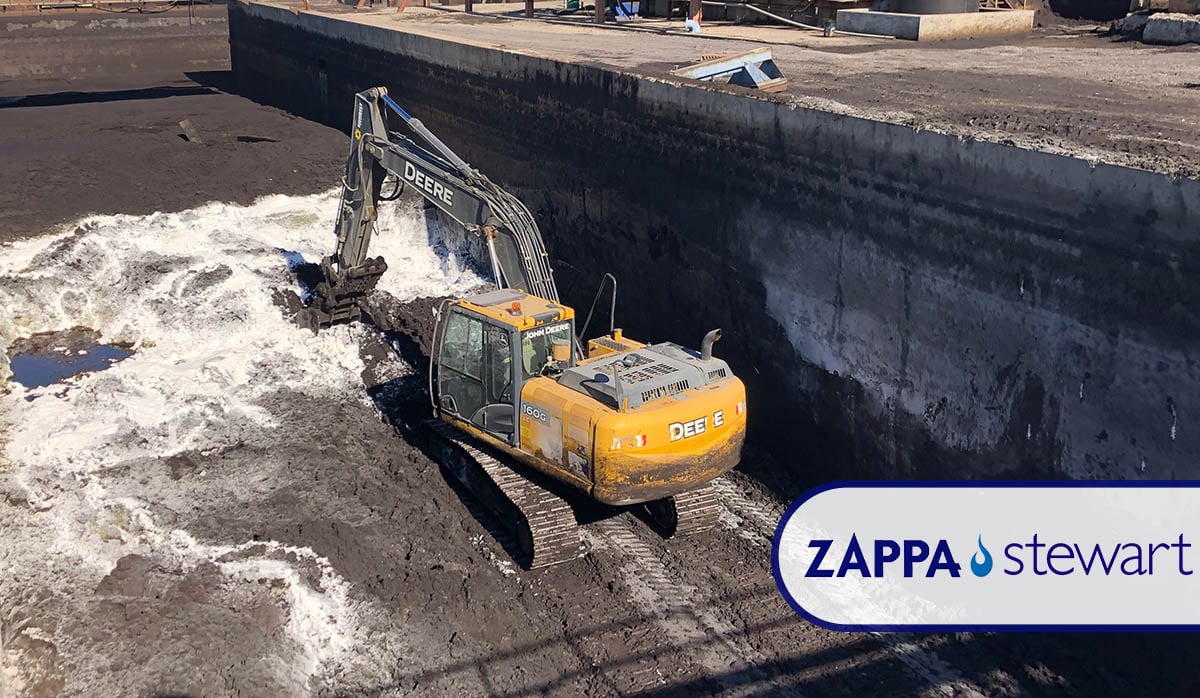A Step-by-Step Guide for Minimizing Reagent Quantities and Treatment Costs
Superabsorbent polymers (SAPs) are the most efficient available technology for eliminating free liquid and stabilizing saturated coal ash. However, without the proper planning steps, SAPs can be severely over-applied which often leads to unexpected treatment costs and/or underperformance.
The following steps are critical for the successful stabilization of coal ash with superabsorbent polymers:









